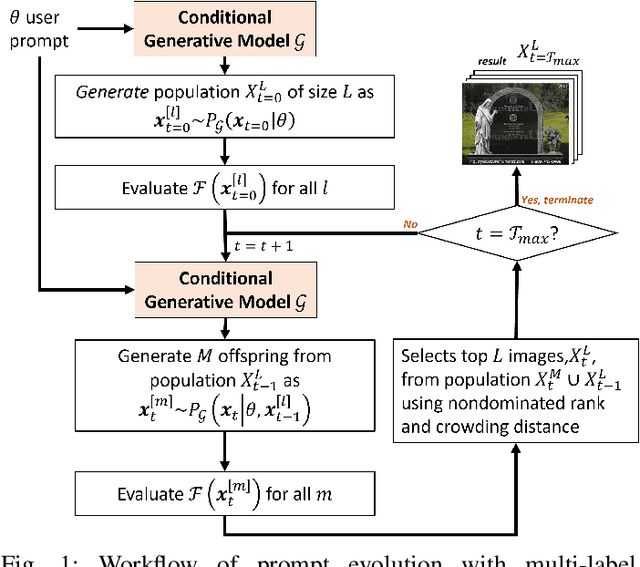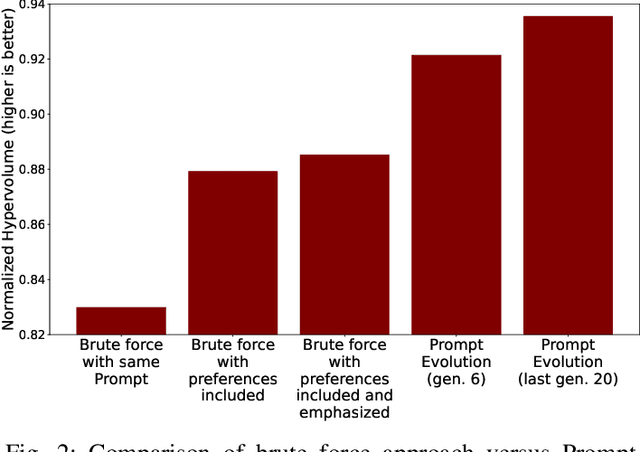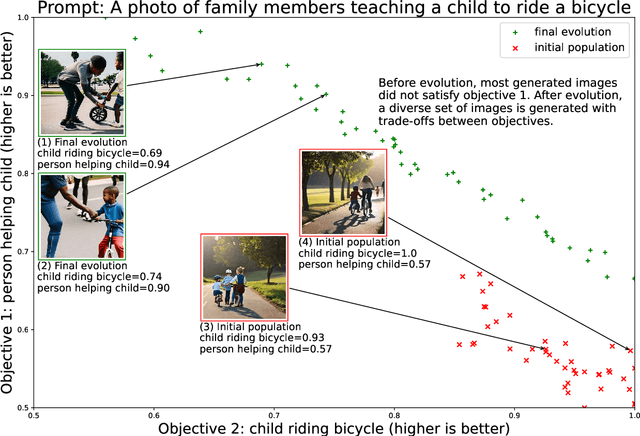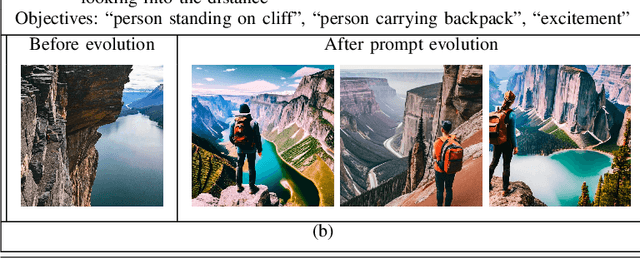Caishun Chen
Where to Move Next: Zero-shot Generalization of LLMs for Next POI Recommendation
Apr 02, 2024Abstract:Next Point-of-interest (POI) recommendation provides valuable suggestions for users to explore their surrounding environment. Existing studies rely on building recommendation models from large-scale users' check-in data, which is task-specific and needs extensive computational resources. Recently, the pretrained large language models (LLMs) have achieved significant advancements in various NLP tasks and have also been investigated for recommendation scenarios. However, the generalization abilities of LLMs still are unexplored to address the next POI recommendations, where users' geographical movement patterns should be extracted. Although there are studies that leverage LLMs for next-item recommendations, they fail to consider the geographical influence and sequential transitions. Hence, they cannot effectively solve the next POI recommendation task. To this end, we design novel prompting strategies and conduct empirical studies to assess the capability of LLMs, e.g., ChatGPT, for predicting a user's next check-in. Specifically, we consider several essential factors in human movement behaviors, including user geographical preference, spatial distance, and sequential transitions, and formulate the recommendation task as a ranking problem. Through extensive experiments on two widely used real-world datasets, we derive several key findings. Empirical evaluations demonstrate that LLMs have promising zero-shot recommendation abilities and can provide accurate and reasonable predictions. We also reveal that LLMs cannot accurately comprehend geographical context information and are sensitive to the order of presentation of candidate POIs, which shows the limitations of LLMs and necessitates further research on robust human mobility reasoning mechanisms.
Precise-Physics Driven Text-to-3D Generation
Mar 19, 2024Abstract:Text-to-3D generation has shown great promise in generating novel 3D content based on given text prompts. However, existing generative methods mostly focus on geometric or visual plausibility while ignoring precise physics perception for the generated 3D shapes. This greatly hinders the practicality of generated 3D shapes in real-world applications. In this work, we propose Phy3DGen, a precise-physics-driven text-to-3D generation method. By analyzing the solid mechanics of generated 3D shapes, we reveal that the 3D shapes generated by existing text-to-3D generation methods are impractical for real-world applications as the generated 3D shapes do not conform to the laws of physics. To this end, we leverage 3D diffusion models to provide 3D shape priors and design a data-driven differentiable physics layer to optimize 3D shape priors with solid mechanics. This allows us to optimize geometry efficiently and learn precise physics information about 3D shapes at the same time. Experimental results demonstrate that our method can consider both geometric plausibility and precise physics perception, further bridging 3D virtual modeling and precise physical worlds.
Large Language Models as Evolutionary Optimizers
Nov 01, 2023



Abstract:Evolutionary algorithms (EAs) have achieved remarkable success in tackling complex combinatorial optimization problems. However, EAs often demand carefully-designed operators with the aid of domain expertise to achieve satisfactory performance. In this work, we present the first study on large language models (LLMs) as evolutionary combinatorial optimizers. The main advantage is that it requires minimal domain knowledge and human efforts, as well as no additional training of the model. This approach is referred to as LLM-driven EA (LMEA). Specifically, in each generation of the evolutionary search, LMEA instructs the LLM to select parent solutions from current population, and perform crossover and mutation to generate offspring solutions. Then, LMEA evaluates these new solutions and include them into the population for the next generation. LMEA is equipped with a self-adaptation mechanism that controls the temperature of the LLM. This enables it to balance between exploration and exploitation and prevents the search from getting stuck in local optima. We investigate the power of LMEA on the classical traveling salesman problems (TSPs) widely used in combinatorial optimization research. Notably, the results show that LMEA performs competitively to traditional heuristics in finding high-quality solutions on TSP instances with up to 20 nodes. Additionally, we also study the effectiveness of LLM-driven crossover/mutation and the self-adaptation mechanism in evolutionary search. In summary, our results reveal the great potentials of LLMs as evolutionary optimizers for solving combinatorial problems. We hope our research shall inspire future explorations on LLM-driven EAs for complex optimization challenges.
Prompt Evolution for Generative AI: A Classifier-Guided Approach
May 24, 2023



Abstract:Synthesis of digital artifacts conditioned on user prompts has become an important paradigm facilitating an explosion of use cases with generative AI. However, such models often fail to connect the generated outputs and desired target concepts/preferences implied by the prompts. Current research addressing this limitation has largely focused on enhancing the prompts before output generation or improving the model's performance up front. In contrast, this paper conceptualizes prompt evolution, imparting evolutionary selection pressure and variation during the generative process to produce multiple outputs that satisfy the target concepts/preferences better. We propose a multi-objective instantiation of this broader idea that uses a multi-label image classifier-guided approach. The predicted labels from the classifiers serve as multiple objectives to optimize, with the aim of producing diversified images that meet user preferences. A novelty of our evolutionary algorithm is that the pre-trained generative model gives us implicit mutation operations, leveraging the model's stochastic generative capability to automate the creation of Pareto-optimized images more faithful to user preferences.
 Add to Chrome
Add to Chrome Add to Firefox
Add to Firefox Add to Edge
Add to Edge